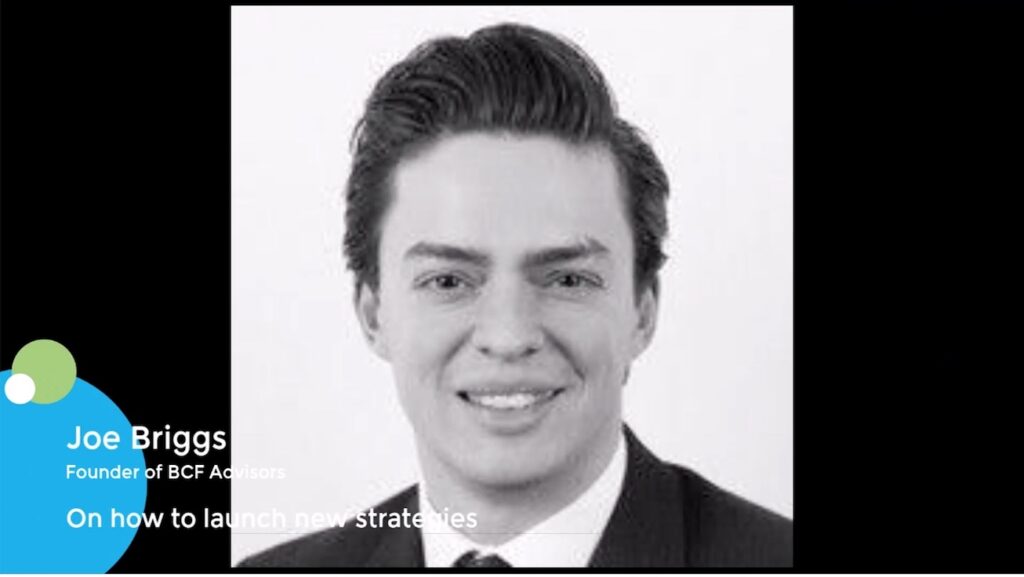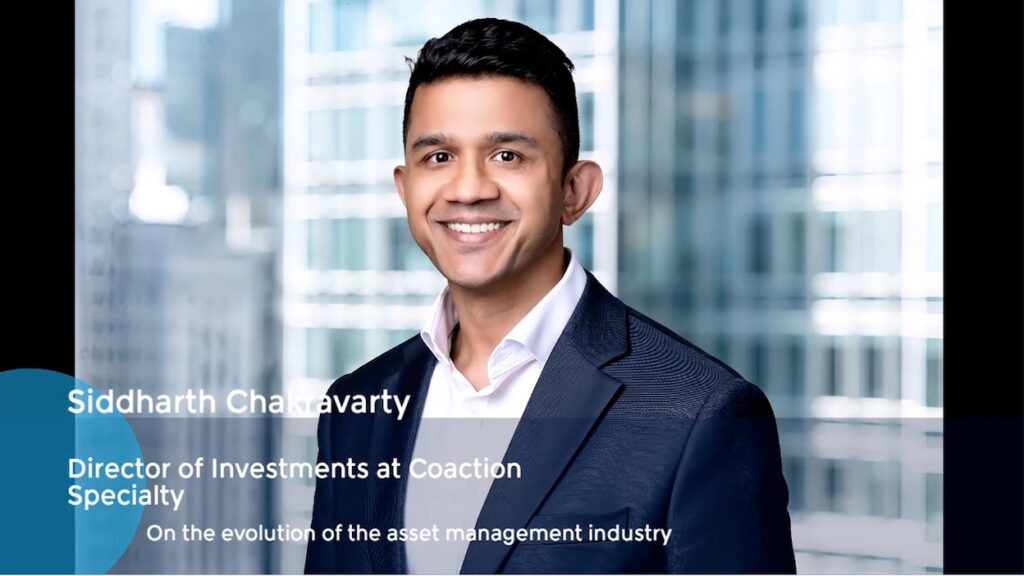North America 2025 private equity preview: Secondaries
- Secondary market transaction volume climbed to record levels in 2024
- Continuation vehicles driving GP-led market growth
- Under-capitalization concerns persist, but create opportunity for new entrants
Private equity secondaries volume rose to record levels last year as, with traditional exit channels still challenging, sponsors pursued liquidity wherever they could find it. Nearly USD 150bn was transacted, comfortably exceeding the USD 135bn total from 2021, according to industry participants.
M&A showed signs of revival over the course of 2024, and North America exit volume ended up 22% year-on-year, according to Mergermarket data. The bullishness around secondaries remains undimmed, however, with investors predicting continued growth in 2025.
“It’s unlikely we will see a normalization of distribution rates in 2025 close to the levels of 2021 and as a result the need for liquidity for LPs will continue,” said Amyn Hassanally, a partner and global head of secondaries at Pantheon.
In 1H24 alone, secondary volume climbed 73% to a record USD 72bn, Evercore noted in its review of the period. The surge was underpinned by LP-led activity, which accounted for 57% of deal flow, as investors took advantage of favorable pricing to crystallize returns and ease liquidity pressure.
“A big part of why secondaries have come roaring back is pricing,” said Matt Swain, head of direct placements and secondaries at Houlihan Lokey. “On the LP-led side we’re seeing portfolios go for par – and even par-plus again – especially in the buyout space.”
Meanwhile, GP-led deals surged 94% in 1H24, driven by middle-market sponsors pursuing single-asset continuation vehicles (CVs) in greater numbers and their large-cap peers launching multi-asset CVs, Evercore observed. North America remains the focal point, making up over half of GP-led volume.
The year ended on a high note as Warburg Pincus announced its first multi-asset CV, securing anchor commitments from HarbourVest Partners, Ardian, and Canada Pension Plan Investment Board for a USD 2.2bn raise. Large-cap deals in the pipeline reportedly include a USD 1bn-plus CV from Bain Capital in what would be the sponsor’s second foray into the secondary market.
Of the middle-market sponsors, aerospace and defense-focused sponsor Liberty Hall recently closed a single-asset CV for data business Comply365 with support from Lead Edge Capital Management.
“Continuation vehicles are an innovation that is disseminating rapidly across the sponsor community,” said Jeff Hammer, global co-head of secondaries at Manulife. “If only a fraction of sponsors incorporate CVs in their exit planning, the market will grow at an exceedingly fast clip in the years ahead.”
Under-capitalization
The question increasingly asked by industry participants is whether there is enough capital to support this expected growth. As CVs grow in popularity, the supply-demand mismatch is becoming more accentuated, as previously reported.
“It’s more the norm than the exception for these transactions – especially multi-asset CVs – to require multiple secondary buyers to execute, which is rare in private markets investing,” noted Jeff Keay, a managing director at HarbourVest, referring to the need for CVs to be funded via a syndication process.
The under-capitalization challenge also provides a compelling opportunity for new entrants. A hallmark of 2024 was the growing presence of so-called direct sponsors coming into the GP-led secondaries market.
At the start of the year, Accel-KKR backed CVs raised for two Germany-based assets managed by LEA Partners, drawing on balance sheet capital and other pooled vehicles, as previously reported. In November, the Menlo Park, California-headquartered firm closed its first strategic capital fund on over USD 2.2bn. The focus will primarily be on software opportunities in the secondary market.
Leonard Green Partners (LGP), meanwhile, led a CV for Court Square portfolio company PlayCore, a playground equipment maker, via its Sage strategy. Capitalized by LGP and a group of co-investors, Sage focuses on middle market single asset CVs. Warburg Pincus is also building a dedicated secondaries team, according to recent media reports.
“The under-capitalization is so compelling that some sponsors have formed their own GP-led activities to invest in the deals of other sponsors,” added Keay. “The idea of a GP paying fees and carry to a competitor for access to their deals would have been almost unheard of ten years ago.”
Pantheon’s Hassanally sees this trend to remain a feature of the market in 2025, with new entrants likely to concentrate on their core sectors or areas of domain expertise. “With direct buyout groups getting into this space we could see some variability on terms and pricing,” he said.
Evergreen disruption
Another key theme of last year was the growing importance of so-called 40 Act funds – evergreen vehicles that allow high-net-worth individuals to access private markets in a more liquid structure than traditional closed-end funds. These funds are exerting upward pressure on pricing, particularly in the LP-led market.
“The 40 Act funds are probably the most aggressive on pricing right now,” said Houlihan Lokey’s Swain. “As they raise money from high-net-worth channels, they have different objectives and return thresholds and are starting to put pressure on well-established secondary buyers.”
Launches in 2024 included Coller Capital’s Secondaries Private Equity Opportunities Fund, which offers monthly subscriptions and quarterly redemptions. It is primarily focused on the LP-led market, but also looking at GP-led opportunities, a source familiar with the situation told this news service following the 1Q24 launch.
Evergreen products are proliferating across private markets strategies, with the likes of StepStone [NASDAQ: STEP] and Blackstone [NYSE:BX] among those most readily identified as participants in LP-led deals through these structures. Hassanally added that Pantheon is also building out its coverage in this area, and he expects others to follow suit
“We’re going to see more buying activity from evergreen vehicles particularly in the LP part of the market,” he said. “A number of groups are bringing new vehicles to market.”
Still, the impact of 40 Act funds is yet to be fully defined, with HarbourVest’s Keay observing that these vehicles are almost exclusively managed by groups that also have closed-end, co-mingled funds. This raises questions as to how the two will coexist. “Are they investing alongside those commingled funds in the same price and terms or are they behaving differently?” asked Keay.
In the longer-run, evergreen vehicles may face challenges in providing investors promised liquidity from an illiquid asset, noted Mike Catts, a partner at secondaries investor Hollyport Capital. Still, they are undoubtedly impacting the market, he said: “We have seen 40 Act funds bid aggressively for LP portfolios at a cost of capital below traditional secondary funds as they seek to reduce the cash drag from recently raised capital, They are also active on the GP side, but are generally not setting the price and terms for those transactions.”
Challenges
Looking at the market more broadly, secondary investment is projected to be robust in 2025 because – M&A and IPO upticks notwithstanding – the need for distributions remains acute.
“In 2025, pressure will grow more intense for sponsors not meeting their IRR, MOIC [multiple on invested capital] and DPI [distributions to paid-in] goals for recent vintage funds,” said Manulife’s Hammer. “I would expect an increasing number of sponsors to turn to the secondary market as a pressure release valve.”
On the LP side, meanwhile, there may be some shift in the motivations for pursuing sales. In recent years, it has been all about the need for liquidity, in contrast to the pre-2021 period when LPs used secondaries to rebalance their portfolios. In 2025, the pendulum could swing again.
“We may see institutional investors cleaning up the volume of manager relationships that they have within their portfolios, which really has been an issue they haven’t focused on solving because they’ve had bigger fish to fry in terms of creating liquidity,” said Keay of HarbourVest.
Even though most indicators point to sustained activity, industry participants acknowledge that rising geopolitical uncertainty could impact deal flow. Those “known unknowns” center on the change of administration in Washington, DC and the looming specter of tariffs.
“Imposition of tariffs could change seller-buyer dynamics in a wide variety of sectors, creating both opportunity and challenge,” said Manulife’s Hammer. “At this precise moment in time, the policy overhang has created great uncertainty and chilled some activity.”











